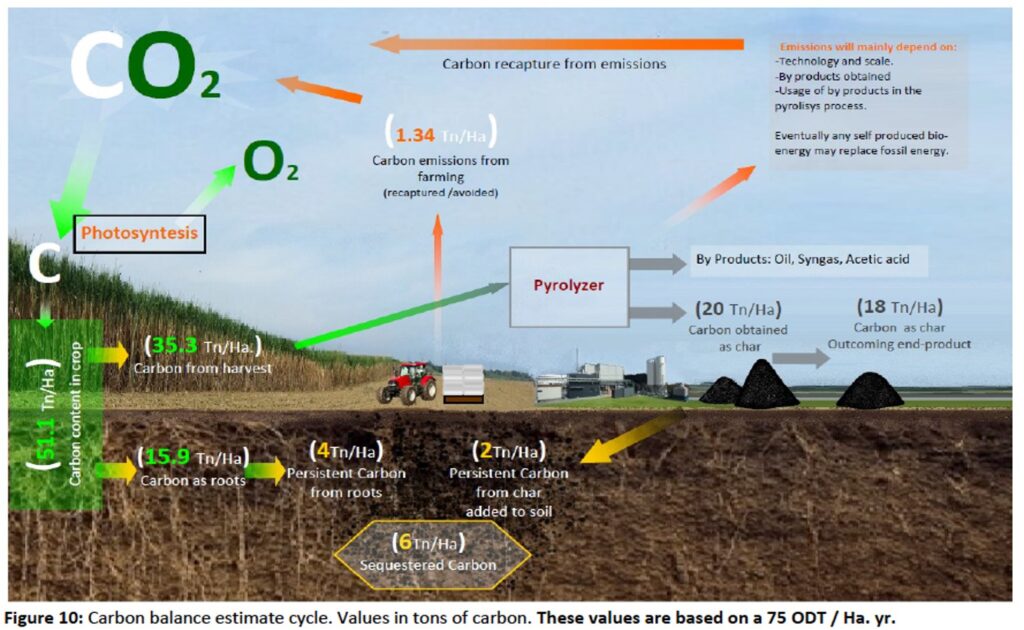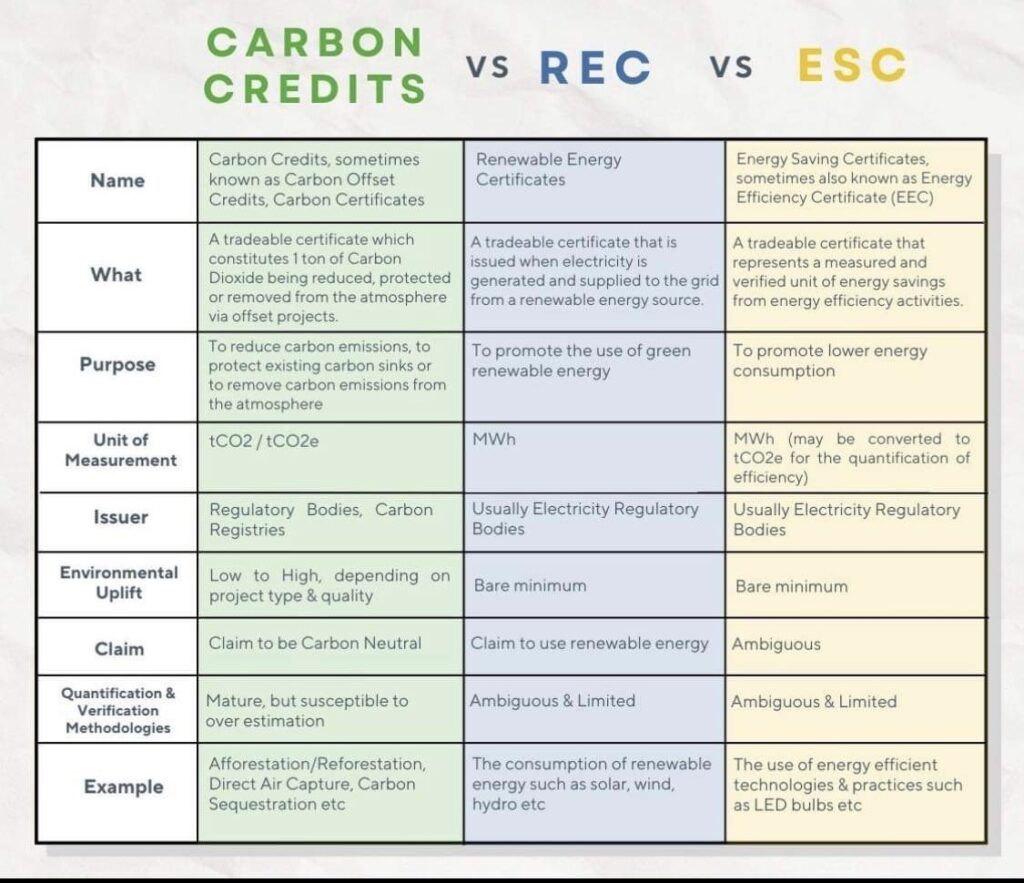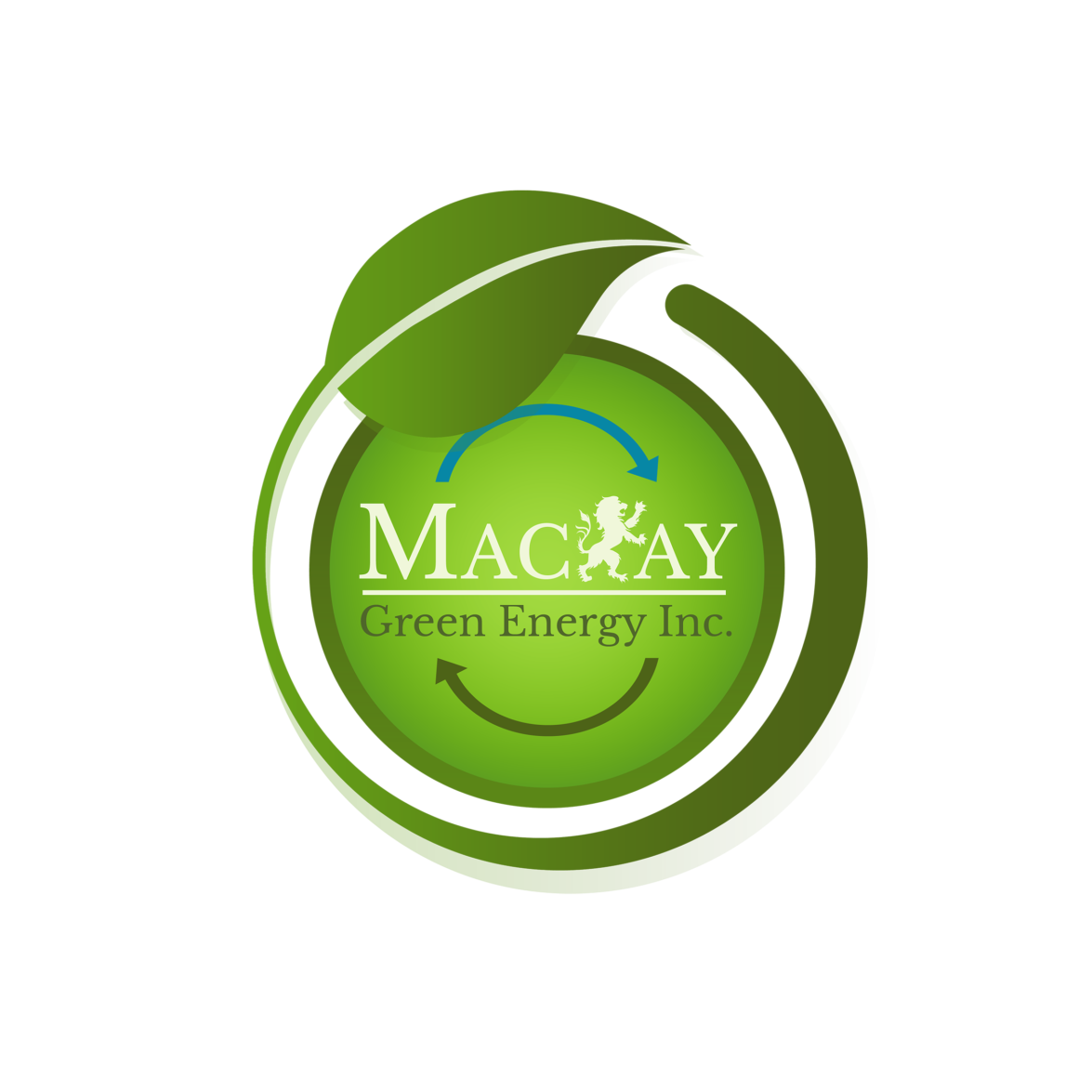What is Carbon Credit?
- A carbon credit (often called a carbon offset) is a credit for greenhouse emissions
reduced or removed from the atmosphere by an emission reduction project, which can
be used by governments, industry, or private individuals to compensate for the
emissions they generate elsewhere.
(Source: sciencedirect) - A carbon credit is a kind of permit that represents 1 ton of carbon dioxide removed
from the atmosphere. They can be purchased by an individual or, more commonly, a
company to make up for carbon dioxide emissions that come from industrial
production, delivery vehicles or travel.
- B. Types of Carbon Credits
a. VER – Voluntary Emissions Reduction
This is a carbon offset which is exchanged in an over the counter market or
voluntary market for credits
b. CER – Certified Emissions Reduction
Emission credits or offsets are created through a regulatory framework
C. Trading of Credits
Credits can be traded both on public and private markets. Different countries have different demands; thereby causing the fluctuations on rates. CERs are the only products that can be used as an investment in credits which are attached or sold by carbon funds market in large financial institutions.
BANA GRASS produces 155T of carbon credits per hectare/year.
Carbon Footprint
With the increased demand for energy and dependence on fossil fuels, the more our environment and our existence are threatened by the pollution from this fuel source. It’s a good thing that more and more companies are finding ways to harness energy from renewable energy sources such as wind, solar, water, geothermal, and biomass in order to reduce carbon footprint.
Carbon footprint is the amount of carbon dioxide and other carbon compounds emitted due to the consumption of fossil fuels by a particular person, group, etc. Planting, harvesting, and consuming BANA GRASS reduce 85% of our carbon footprint compared to fossil fuel that is around 200%.
Bana grass, when converted to green coal, has the same grindability as the fossil fuel. The difference is 20% of the fossil fuel’s ash is toxic while Bana Grass’ can be used as a pure fertilizer that has no toxic elements.
In the study done by Studio Gear Up, greenhouse gas (GHG) reduction potential of using the perennial crop Bana Grass for the production of electricity was investigated for two cases:

1. Cultivation, followed by chipping and combustion in a nearby boiler for power generation in the Philippines, resulting in 82.2% GHG saving
2. Cultivation followed by chipping,production of torrified pellets, which are transported to Japan – from combustion in a power plant for electricity generation, resulting in 78.0% GHG saving
For the latter case, an optimized case is explored where a high energy efficient Combined Cyclegasification process is used to generate electricity which wouldincrease the GHG saving performance to 86.2%.


BANA GRASS FOR CARBON TRADING


